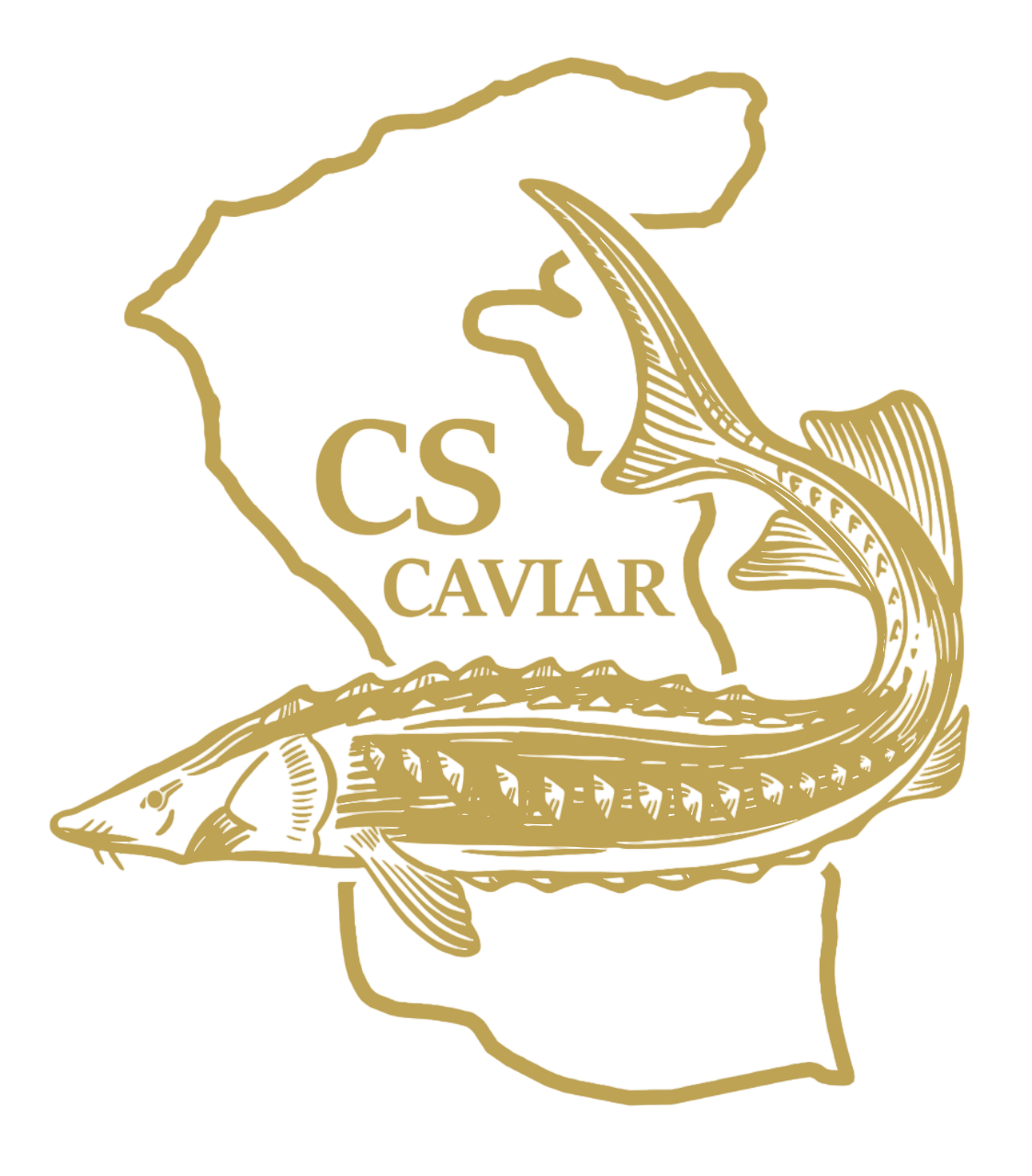Caviar is a type of luxury food that is highly prized around the world for its unique texture, taste, and nutritional benefits. While it is often associated with high-end restaurants and formal occasions, caviar can also be enjoyed as part of a healthy and well-rounded diet for people of all ages – including children.
One of the key benefits of caviar is its high nutritional content. Caviar is an excellent source of protein, vitamins, and minerals, including omega-3 fatty acids, vitamin B12, and iron. These nutrients are essential for maintaining overall health and wellbeing, and can also help to support healthy brain development in children.
Despite its reputation as a luxury food, caviar can be an affordable and accessible addition to a child’s diet. Many supermarkets and specialty food stores now carry a range of caviar products, including traditional sturgeon caviar, as well as more affordable options such as salmon or trout roe. These products can be enjoyed on their own as a healthy snack, or incorporated into a variety of dishes such as omelettes, pasta, or sushi.
When introducing caviar to children, it is important to start with small amounts and to choose high-quality products that are free from preservatives and additives. Parents should also be sure to introduce caviar gradually, and to monitor their child’s reaction for any signs of allergies or adverse effects.
Some parents may be concerned about the high salt content of caviar, which can be a potential issue for children who are sensitive to sodium. However, many caviar products are available in low-salt or no-salt versions, making it easier to incorporate caviar into a child’s diet without worrying about excessive sodium intake.
In addition to its nutritional benefits, caviar can also be a fun and exciting food for children to try. Its unique texture and taste can be a great way to introduce children to new and interesting flavors, and to encourage them to be more adventurous in their eating habits.
Overall, caviar can be a healthy and enjoyable addition to a child’s diet when consumed in moderation and as part of a balanced and varied eating plan. By choosing high-quality, low-salt products and introducing caviar gradually, parents can help their children to reap the many nutritional benefits of this luxurious food while also encouraging them to explore new tastes and flavors.
While caviar may not be a food that is commonly associated with children’s diets, there is no reason why it cannot be enjoyed as part of a healthy and balanced eating plan. With its unique taste, texture, and nutritional benefits, caviar can be a great way to introduce children to new and interesting foods, while also supporting their overall health and wellbeing.
Whether enjoyed on its own as a healthy snack or incorporated into a variety of dishes, caviar can be an exciting and nutritious addition to any child’s diet. So why not give it a try and see for yourself how this luxurious food can help to support your child’s health and wellbeing?





